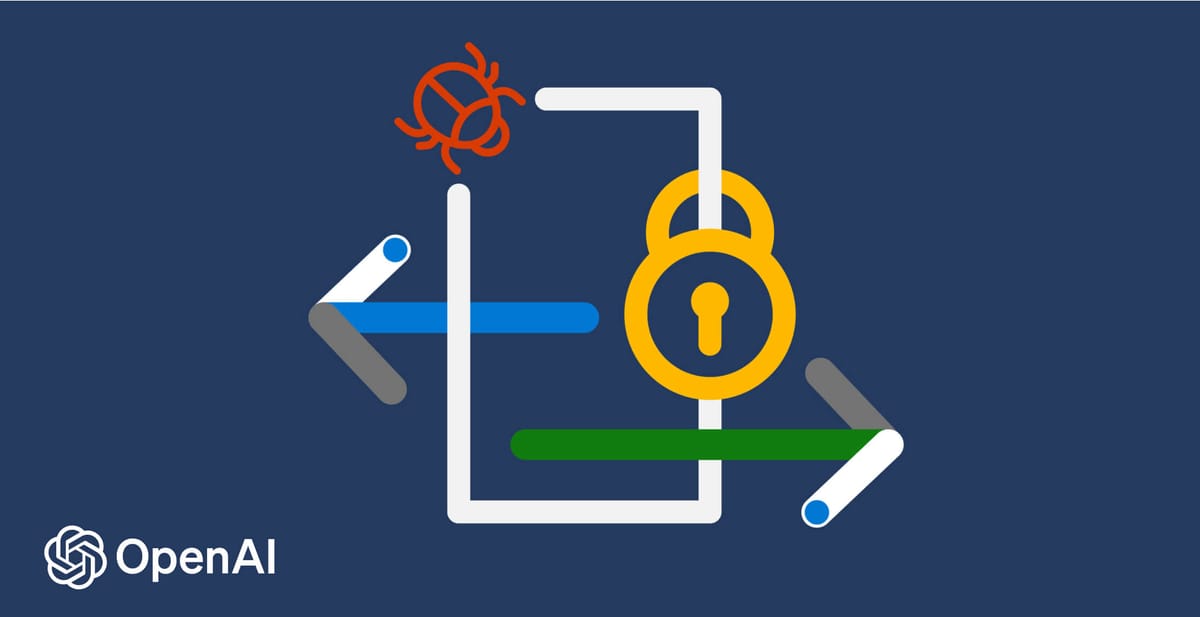
OpenAI has provided an insightful look into its security architecture, offering a rare glimpse into how the company safeguards its research infrastructure and frontier model training. The company has shared high-level details of the security architecture that underpins their research supercomputers, which are used to train cutting-edge AI models.
OpenAI's decision to share this information stems from their mission to ensure that advanced AI benefits everyone. By providing insight into their approach to securing research infrastructure, they aim to assist other AI labs and security professionals in protecting their own systems.
The shared architecture details reveal a thoughtfully designed, multi-layered security approach built on Microsoft Azure and Kubernetes. Key components include:
- A robust identity foundation using Azure Entra ID for authentication and anomaly detection.
- A Kubernetes architecture employing role-based access controls, admission policies, and network segregation to enforce least-privilege principles and reduce risk.
- Secure storage of sensitive data like credentials and secrets using key management services.
- A custom identity and access management solution called AccessManager to enable time-bound, least-privilege access for researchers and developers.
- Secured CI/CD pipelines with restricted access and multi-party approvals for infrastructure changes.
- A flexible approach allowing for rapid iteration to support evolving research requirements.
Notably, OpenAI has implemented bespoke controls to safeguard unreleased model weights, which represent core intellectual property. These measures include multi-party approval for access grants, private network links, egress traffic restrictions, and undisclosed detection controls.
To validate their security posture, OpenAI employs both internal and external red teams to simulate adversaries and test controls. They are also evaluating compliance frameworks, including potential AI-specific security standards, to address the unique challenges of securing advanced AI systems.

OpenAI's transparency comes amidst growing concerns about safety practices in the AI industry. Just yesterday, an open letter titled "A Right to Warn about Advanced Artificial Intelligence" was released by current and former employees from leading AI companies, including Anthropic, Google DeepMind, and OpenAI. Last month also saw the departure of OpenAI cofounder Ilya Sutskever and Jan Leike who were leaders of the company’s superalignment team (which has now been disbanded).
Still, the company's transparency in sharing their security approach is a welcome development in the often opaque world of AI research. As AI continues to progress at a rapid pace, robust security practices will be essential to ensure that the technology remains safe and beneficial. OpenAI's example sets a positive precedent for open dialogue and knowledge sharing in AI security, which will ultimately contribute to more secure and responsible AI development across the industry.


